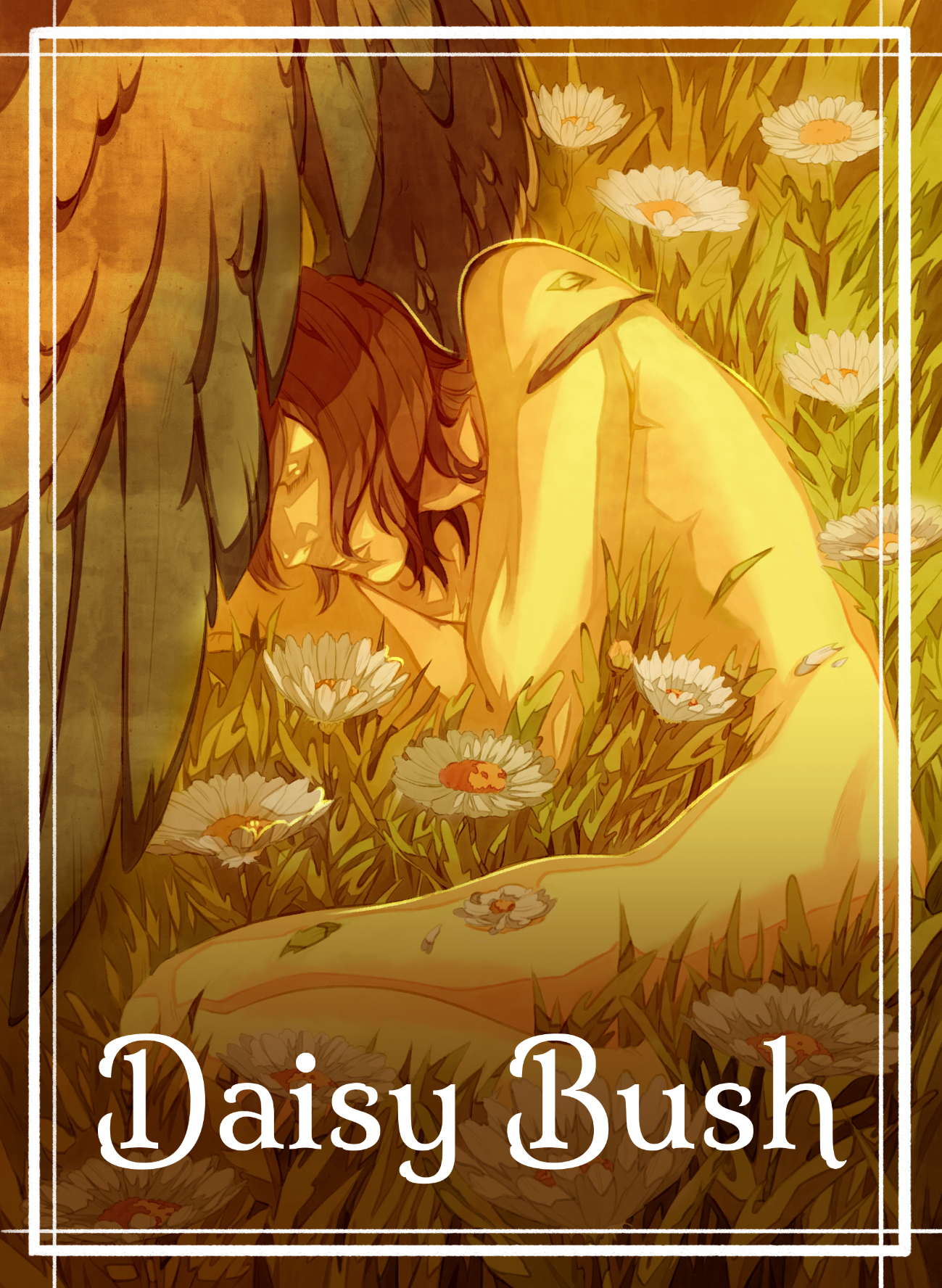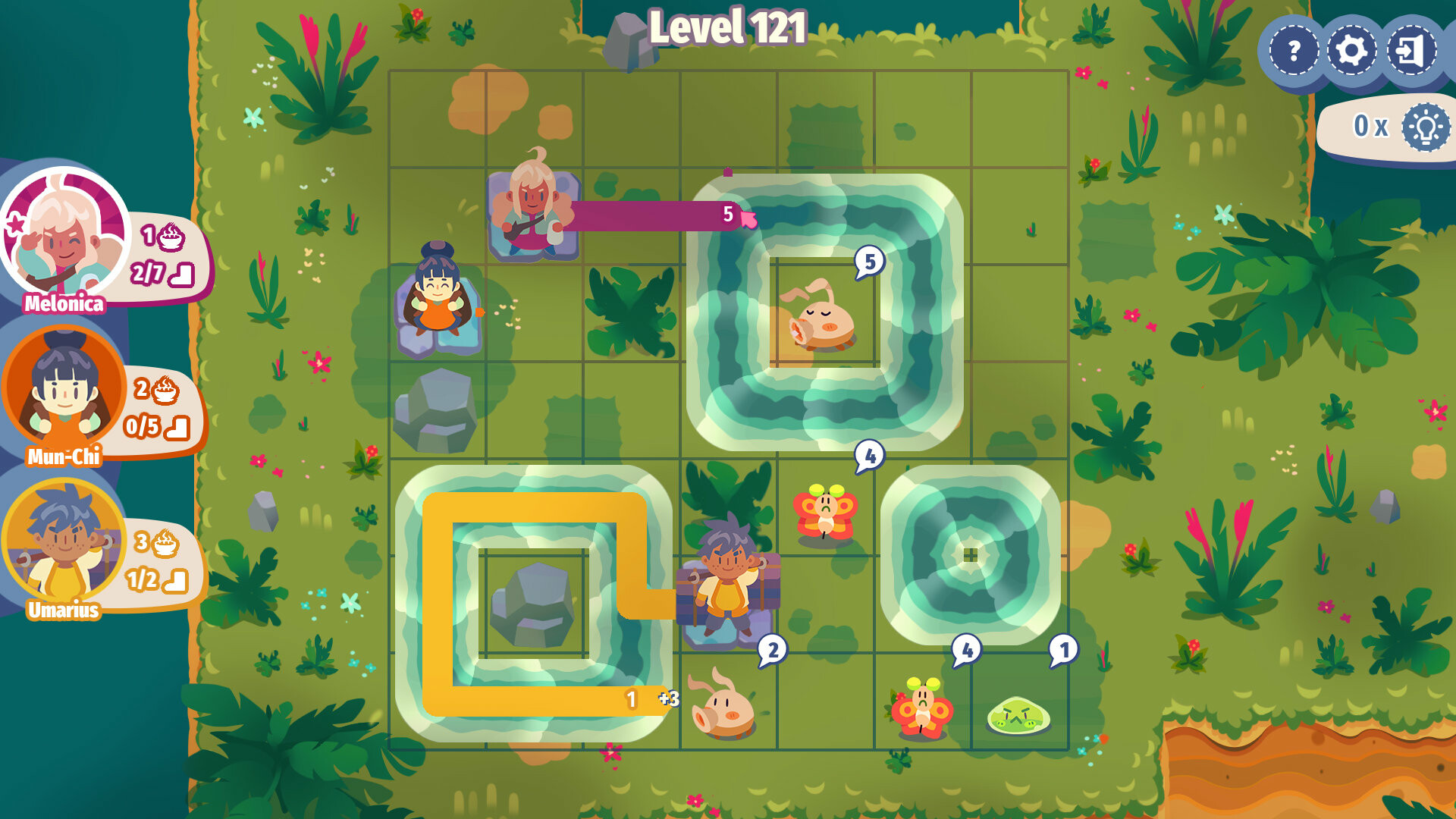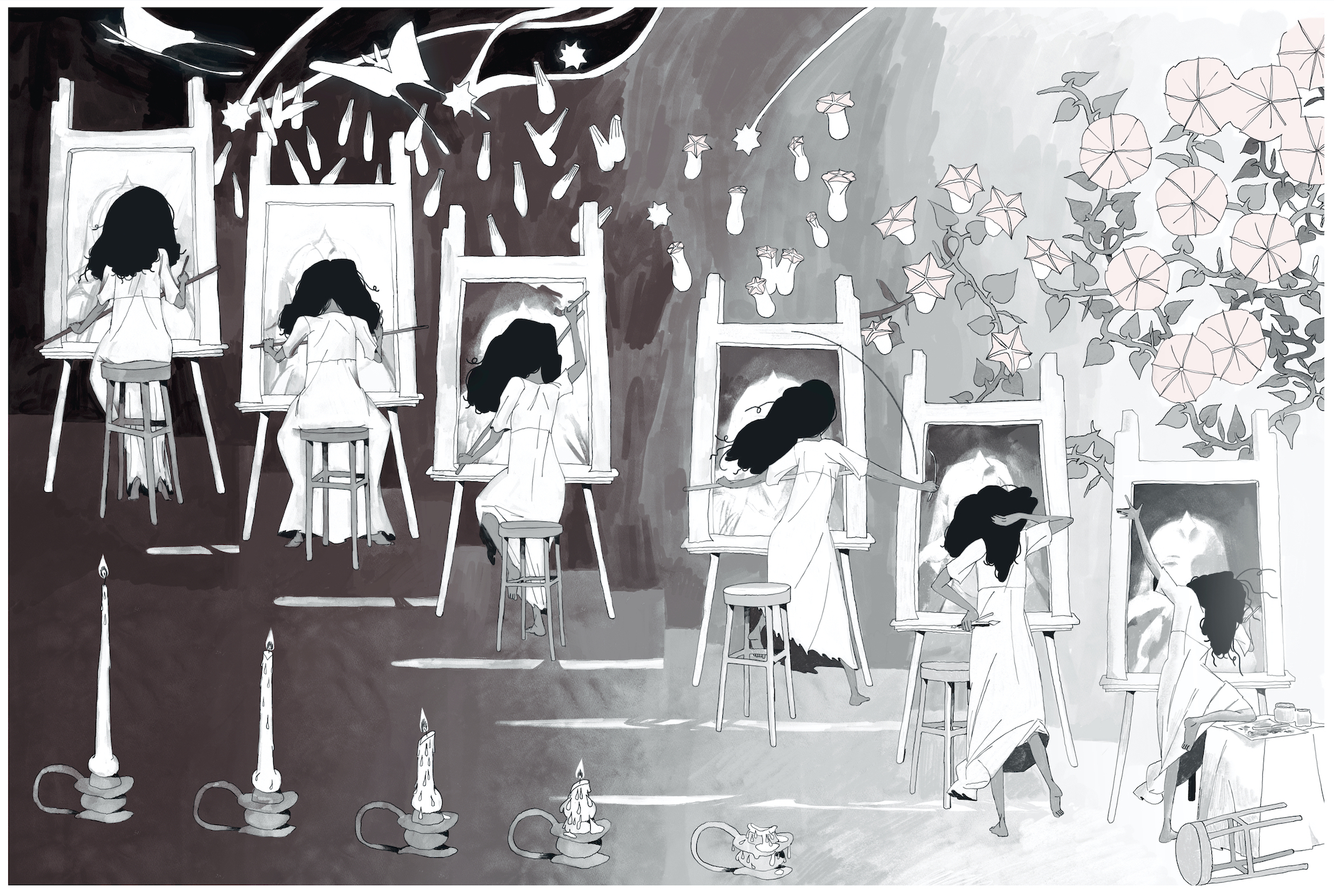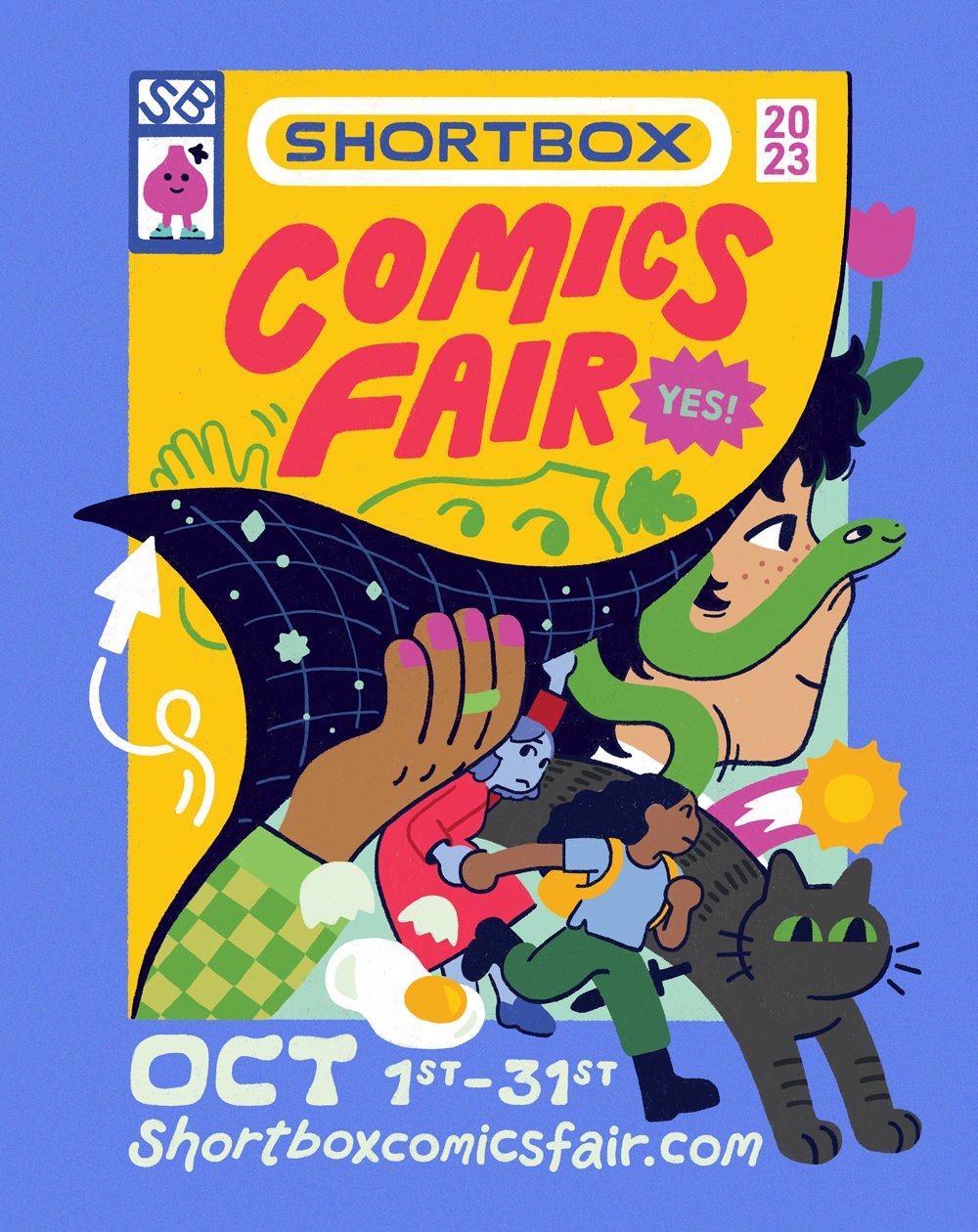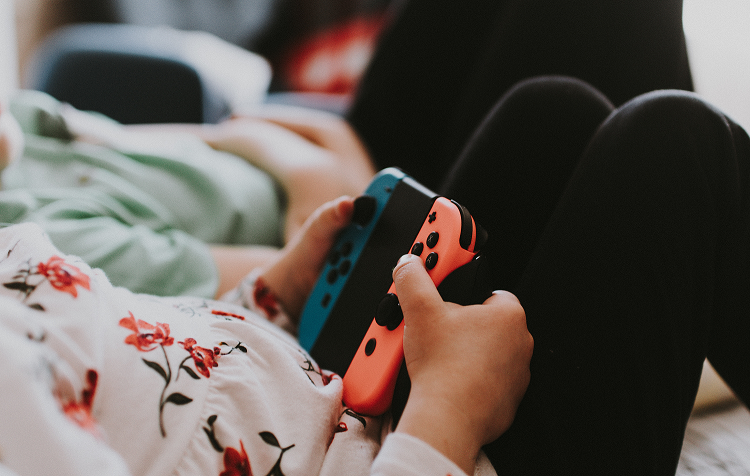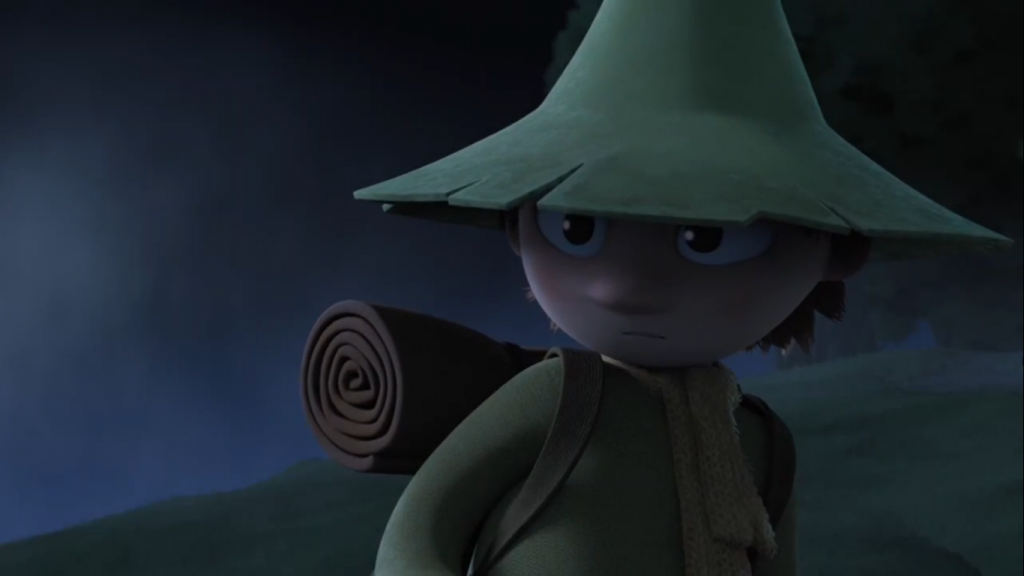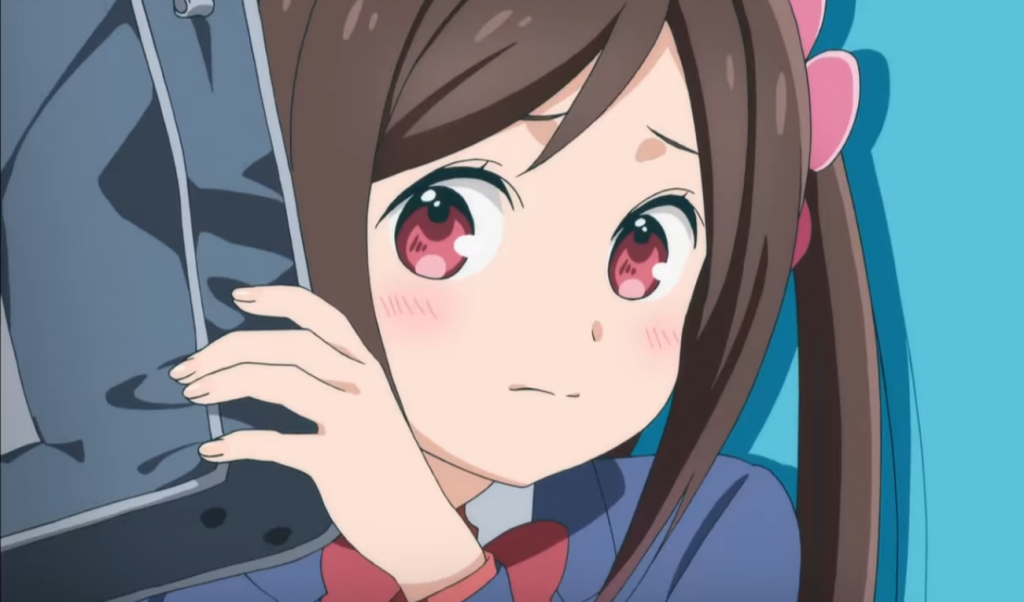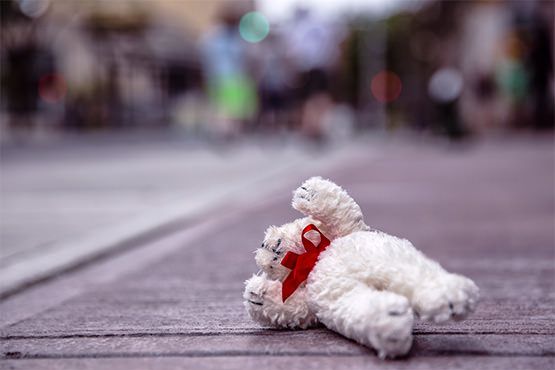Like the years before it, 2024 has been an excellent year for comics in terms of creativity and originality from comics artists and writers, whether they were published through large publishers like Viz Media and Scholastic, or the efforts of individuals self-publishing their art and stories to enthusiastic readers. However, it is also becoming increasingly apparent that despite the continued growth and expansion by different publishers into the comics market, whether it is through original graphic novels or manga and webtoon imprints, that the people who make comics are struggling in an industry that does not support them as well as it should. To make matters worse, the year began with the news that Diamond Comic Distributors has filed for Bankruptcy, making the future for comics all the more uncertain for retailers and publishers.
With this in mind, I feel like it is all the more important to highlight the comics that were either self-published by cartoonists or published through smaller companies. Here is my list of eighteen comics and manga that deserve more attention for their art, stories, and cartooning. Like my video game list from last week, I have organized these comics based on age rating, with comics intended for all ages on the top of the list, and comics that are only intended for mature and adult audiences at the very bottom of the list. I hope you’re able to find one new story to enjoy as a result of this list.
All Ages
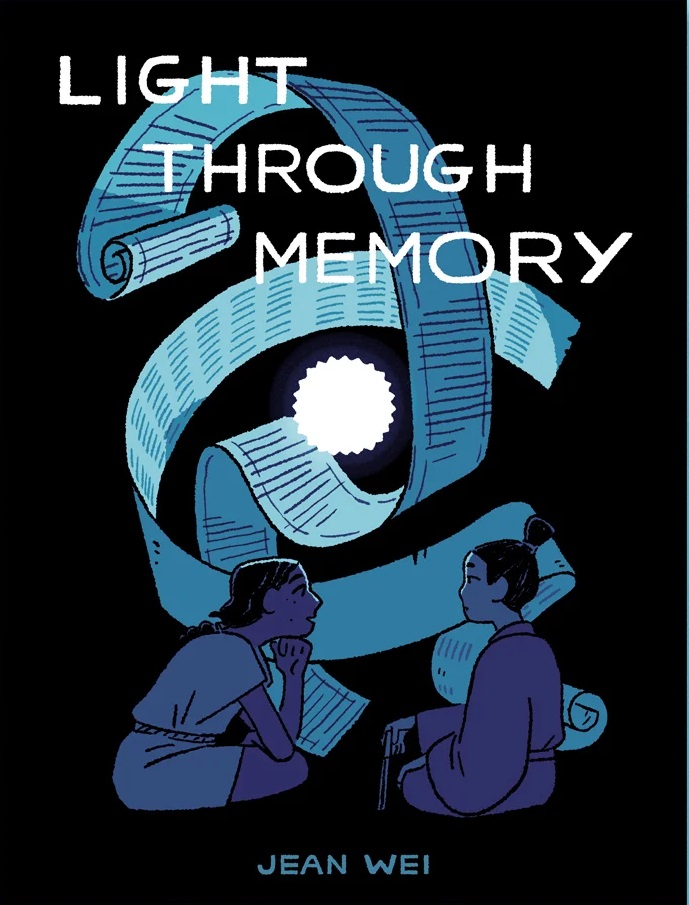
The cover of the comic “Light Through Memory” by Jean Wei. The cover features two people, sitting and facing each other. The person on the left is sitting cross-legged and slouching, holding their head up on the knuckles of their left hand. They are wearing a simple Roman toga, and their black hair is tied up in a simple ponytail. The figure on the right is sitting on their knees, back upright, a fan in their right hand. They are wearing a simple dark-coloured hanfu and their hair is tied up in a topknot. Above them are blue scrolls of paper, with undefined writings written on them. In the center of the cover is a white, glowing, stylized star.
Light Through Memory by Jean Wei
The year is 185 CE. In two completely different parts of the world, Alexandria and Luoyang, two young astronomers observe the “birth” of a new star. Light Through Memory showcases the unique power of comics as a medium for storytelling by simultaneously showcasing both of the main characters’ stories who, despite their geographical and cultural differences, are united by a single star. Available as a digital or physical book through the author’s webstore.

